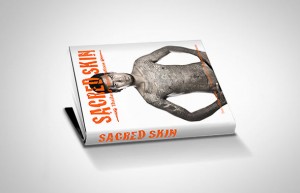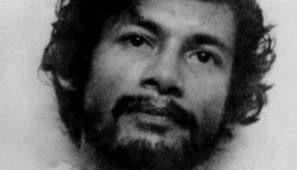Writer Chris Taylor reviews my new book, Sacred Skin, in The South China Morning Post.
Thailand´s Spirit Taboos
In Tom Vater and Aroon Thaewchatturat’s Sacred Skin – a visually compelling antidote to the usual coffee-table tributes to “amazing Thailand” – the reader is taken on a journey into an other-worldly Southeast Asia, a place of animist ritual and iconography, shamans and priest-like tattoo masters. The subject is sak yant, or sacred tattoos, designs needled painfully into the skin and believed to offer protection from misadventure – or even, as in the political riots last year that paralysed Bangkok and left about 90 people dead, protection from bullets.
“Young women have themselves tattooed with love charms to attract better partners, while adolescent males seek the protective power of their yant in fights with rival youth gangs,” the lively, narrative-style introduction explains. But German-born, long-time Bangkok resident Vater is quick to point out that divine protection does not come without a catch. Think of Thailand’s tattoo masters as priests who needle their Hindu and Buddhist iconography and ancient Khmer charms in the manner of guru-binding adherents to an array of Buddhist precepts. Stray from the holy, ordained path and the sak yant lose their power.
Originating in India, where, according to Vater, they have been used as “a conduit for cosmic energies” for thousands of years, sak yant probably travelled to Southeast Asia with maritime trade in the third or fourth century. Yantra – a Sanskrit word that expresses a combination of restraint and freedom – were, and continue to be, geometric diagrams that aim to “focus the mind”. But the historical emergence of sak yant culture in Thailand, and neighbouring Cambodia, remains elusive, though Sacred Skin ventures several tantalising conjectures.
As Thai photographer Thaewchatturat’s captivatingly candid portraits of tattooed believers reveal, sak yant are alive and well in Thailand. To a certain extent, the demographic of believers and non-believers mirror the urban-rural divide that has polarised Thai politics in recent years. Many middle-class Thais associate sak yant with lowly professions and criminal elements, but Sacred Skin hints that this may be changing.
“The most famous achans [tattoo masters] also attract western devotees, American actress Angelina Jolie among them,” Vater writes, noting: “Even the sacred is not immune from glamour.” He suggests that this is not without influence on trendy young Thais. As 26-year-old Num tells the authors – the handwritten testimonials by tattooed believers that populate the pages of Sacred Skin are one of the book’s most winning touches – “My generation will make sure that sak yant filter into all social classes.”
That is perhaps a far-off dream, and Sacred Skin hints equally at a social gulf that some Thais despair of ever being bridged. A matronly 50-year-old woman named Yat, for example, says: “When I was taking part in the anti-government demonstrations, people around me got shot but the tattoo protected me.” But it is tensions such as these that make the book a more valuable insight into contemporary Thailand than many of the other offerings that crowd the Asia section shelves in bookshops.
In short, the lavish and insightful book does what all illustrated guides to the “exotic” should do but so few in fact pull off – document the subcultural, little-known margins in such a way as to cast light on the broader dynamics of a foreign culture.



